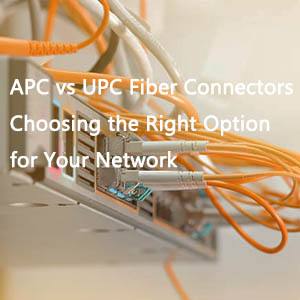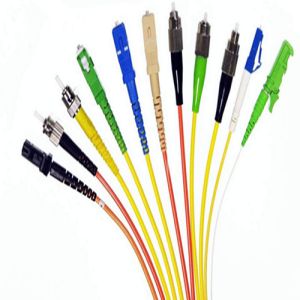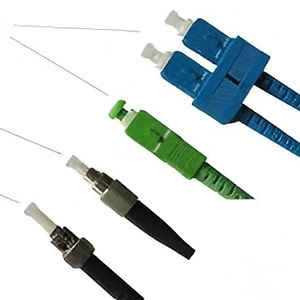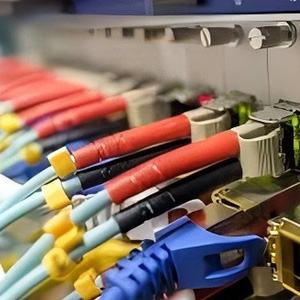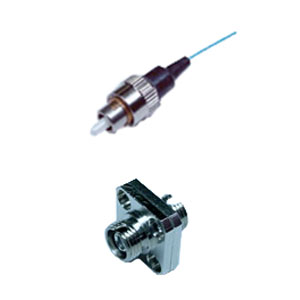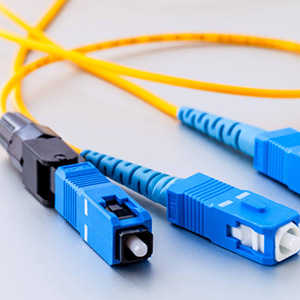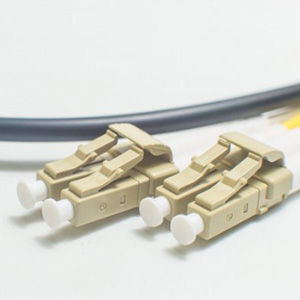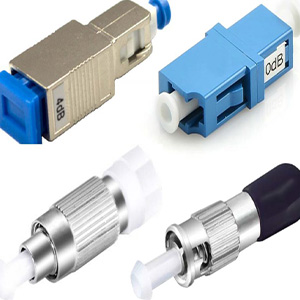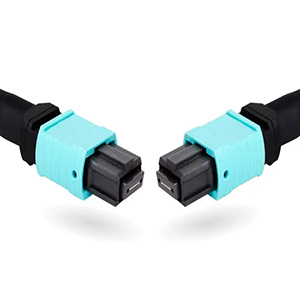Fiber Adapters are indispensable components in fiber optic networks, allowing different types of fiber optic connectors to link and communicate efficiently. By providing a stable and reliable connection point, fiber adapters ensure high-performance data transmission across various fiber optic devices. Whether used in telecommunications, data centers, or industrial applications, fiber adapters are critical to ensuring network integrity.
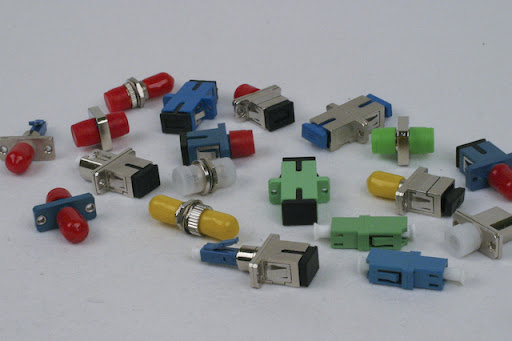
Understanding Fiber Adapters
At their core, fiber adapters act as coupling devices, connecting two fiber optic cables with different or similar connectors. They enable seamless signal transmission between systems, improving both network flexibility and reliability. With a variety of types and configurations available, these adapters are suitable for numerous applications and network infrastructures.
Types of Fiber Adapters
Fiber adapters come in a wide range of types to accommodate different connector formats and environments. Below, we’ll explore some of the key types of fiber adapters and their unique features.
Adapter Dust Caps
Adapter dust caps are small but crucial accessories that protect the open ports of fiber adapters from dust, dirt, and damage. Dust caps maintain the cleanliness of the fiber connectors, preventing performance degradation due to contamination. They are essential for keeping adapters functioning at peak performance over time.
Fiber Keystone Jacks
Fiber Keystone Jacks are used in structured cabling to provide secure and easy-to-use connections for fiber optic cables. These jacks are installed in keystone wall plates, patch panels, or surface-mount boxes, making them perfect for in-building network setups.
Bare Fiber Adapters
Bare fiber adapters allow you to temporarily connect bare fiber to fiber optic equipment without splicing or permanent termination. This makes them highly useful for testing and emergency repairs. They are commonly used in lab environments, where quick and temporary connections are necessary.
LC, E2000, SC, FC, SMA/DIN/MU/MPO, and ST Adapters
Various fiber adapters are available to match different types of connectors. Here’s a breakdown of some commonly used adapters:
- LC Adapters: Compact and ideal for high-density installations, LC adapters are widely used in data centers. Their small form factor helps conserve space, while maintaining low insertion loss.
- E2000 Adapters: E2000 adapters are notable for their push-pull locking mechanism and built-in shutter for dust protection. They are often found in applications requiring secure connections and high performance.
- SC Adapters: SC adapters are commonly used in telecommunications and data networks. Known for their snap-in mechanism, they provide a secure and stable connection and are easy to install.
- FC Adapters: FC adapters are favored in high-vibration environments due to their screw-on design. They provide excellent mechanical stability and are ideal for industrial applications.
- SMA/DIN/MU/MPO Adapters: These are specialized adapters for niche applications, such as military communications, high-performance industrial networks, and environments where multiple fibers need to be connected simultaneously. MPO adapters, for instance, support multi-fiber connections, commonly used in data centers.
- ST Adapters: With a twist-lock bayonet mechanism, ST adapters are designed for quick, secure connections. They are often used in long-distance telecommunications and fiber networks.
Choosing the Right Fiber Adapter
When selecting a fiber adapter, several factors need to be considered:
- Connector Compatibility: Choose the adapter based on the type of connectors you are working with, such as LC, SC, or FC.
- Application Environment: Ensure the adapter is suited for the specific environment. For example, FC adapters are great for high-vibration areas, while LC adapters excel in high-density installations.
- Insertion Loss and Return Loss: Opt for adapters with low insertion and return loss to ensure signal integrity and optimal network performance.
- Durability and Protection: Consider using dust caps and adapters with built-in shutters, like E2000 adapters, to maintain cleanliness and protection in challenging environments.
How to Use Fiber Adapters Effectively
Using fiber adapters involves a few simple steps:
- Connect the Fiber Cables: Insert the fiber connectors into each end of the adapter, ensuring they are securely locked in place.
- Test the Connection: Once connected, it’s important to test the connection using a fiber optic tester or visual fault locator to ensure proper signal transmission.
- Maintain Cleanliness: Always use dust caps to protect open ports and connectors from contamination when not in use. Clean adapters and connectors regularly to prevent performance loss.
Conclusion
Fiber adapters are indispensable in ensuring seamless connections and optimal performance within fiber optic networks. By understanding the different types of adapters available, such as LC, SC, FC, and specialty connectors like MPO, network professionals can choose the right solutions for their specific needs. With careful selection and maintenance, fiber adapters enhance network flexibility, reliability, and performance, making them a critical component in any fiber optic infrastructure


